From Ideation to Execution
It takes the right combination of people, process, and technology to solve the critical business challenges you face. Breakthrough technology barriers and discover a strategy to take you from ideation to execution. We take an iterative approach to uncover roadblocks, implement strategic fixes, and guide you purposefully ahead.

Build What The Customer Needs, Not Just What the Business Wants
We thrive where agile methodologies meet human-centered design process to create the right strategy that is both iterative and user-centric. We challenge you to do what’s best for the users, not just your business.

How to Build Better Digital Products By Embracing Human-Centered Design (HCD) + Agile
The Manifesto for Agile Software Development
Agile methodologies are best explained by the Agile Manifesto, which was penned by a group of seventeen leaders from the software community while on a ski trip in Utah in early 2001.Although the technology landscape has changed significantly since the Agile Manifesto was written, Agile Coaches, enthusiasts and avid practitioners agree that these principles are still key to guiding successful Agile development. While different frameworks may interpret them differently, they remain a core component of both conversation and study around this strategy.

The Top 4 Principles of Human-Centered Design
One of the top scholars of HCD is Don Norman, an accomplished researcher and professor who serves as the director of The Design Lab at University of California, San Diego. He is best known for his books on design, especially The Design of Everyday Things.
Much of Norman’s work involves his advocacy of HCD. His talk Principles of Human-Centered Design is considered by many to cover the fundamental teachings of the theory.
Include Developers Early On
Although developers may not participate in user research, they can still be part of the design process early on. Design sessions would ideally include developers, the people who will use the services, and designers who are experts at engaging users and interpreting qualitative feedback.
As the software is developed, designers would review changes regularly and the whole team would participate in validating the service with real users. This fosters greater collaboration and communication, as well as ensures that proper user research is performed throughout the project timeline to ensure that the right problems are being focused on by the team.
Add More Customer Facing People to Your Team
Some challenges, such as making a high-demand software component perform faster, require little user research, yet can deliver high impact results. While user research is certainly important, it should not be trusted over performance metrics. When a team can get something testable in front of real users, they will be able to make more informed decisions about their product roadmap.
Reserve very in-depth user research for user-facing functionality that is new or different. The more innovative your project, the more it justifies the amount of time spent on research.
Measure Productivity by Value, Not Volume
In commercial technology industry, there is often a tendency to have too high a ratio of engineers compared to other roles on the team. This is often due to a focus on rapid development rather than customer-centricity.
When in doubt, always refer to the people in your organization who interface with the people that experience the problems that the team is trying to solve. A balanced team should involve the same number of user-facing people as software engineers. This includes product managers and user experience experts. In some cases, members from other teams such as sales, customer experience.
How Can We Help?
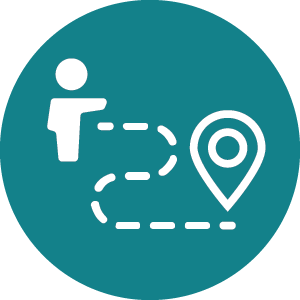
Web App Development
Our passionate, creative experts engineer solutions that are elegant and can grow with you. Our top-notch quality assurance practices ensure project requirement compliance.
Past client work includes database-driven websites, dashboards, data visualizations.
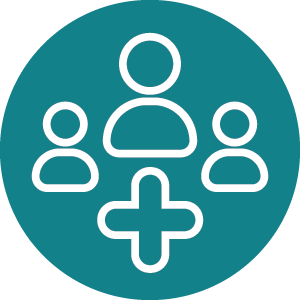
Team Augmentation
Extend your in-house development team or set up a new team within weeks. Kipzer makes it easy. Since 2007, organizations large and small have turned to us to seamlessly integrate our developers into new and existing projects. Our experienced developers alleviate capacity constraints, improve code quality.
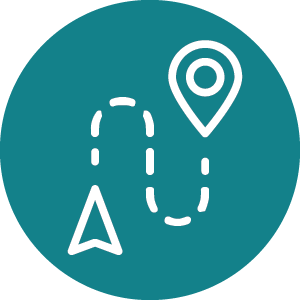
Cloud Services
Cloud infrastructure scales depending on the demands of your business, so it’s a great option if you have fluctuating workloads. You can add or take away resources based on your needs. As you grow, your system grows with you — while you stay in control of the development process survey tools, mHealth apps, and more.

Upgrades & Sustainability
Continually improve your software products in areas of design and user experience by staying up to date. It’s imperative to think about both the front end and the back end simultaneously in order to keep your website running smoothly. Performing Django and Python upgrades increases security, reduces long-term development and maintenance costs, and ensures support for future growth.
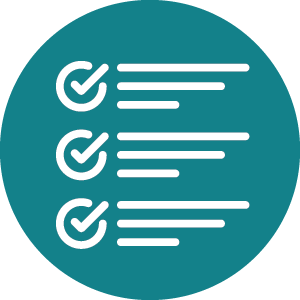
Quality Assurance
Provide your users with the best possible experience using top-notch quality assurance practices. Kipzer offers QA as part of our custom development projects and as a separate service. Our experts provide thorough testing and prioritize any defects to minimize the impact on the end product and meet the project’s requirements.
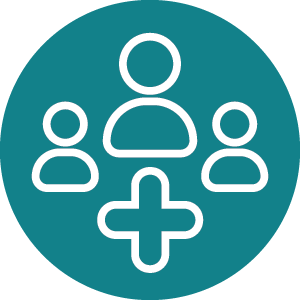
Discovery Workshops
Your project doesn’t have to feel complicated. Clarify the vision and build a shared understanding among stakeholders about what is being built, for whom, and the best way to build it. In our discovery workshops, we engage in customer-centric strategies.
FAQ
Content modeling
Content modeling provides a precise understanding of what the content will consist of and how best to structure it. Through this process, we explore the needs and goals that users bring, analyze how content types best connect with one another, and ultimately determine the ideal solution for your project.
Defined requirements
A shared understanding of the project reduces the likelihood of misunderstandings and ensures diverse use cases are taken into consideration from the beginning. Taking the time to properly define requirements improves estimates and saves time and money in the long term.
Prioritization
During this activity, we define the initial iteration of the minimum viable product (MVP). Agile development empowers development teams to react flexibly to change, but the initial prioritization from a discovery workshop guides the first release plan if a project proceeds to the next phase of development.
User story map
A user story map is a visualization of the features to be developed based on key user flows and user tasks. Laying out the user story map often uncovers previously unconsidered or assumed (but undefined) use cases. It also clarifies and defines the most valuable features for both users and business objectives.

